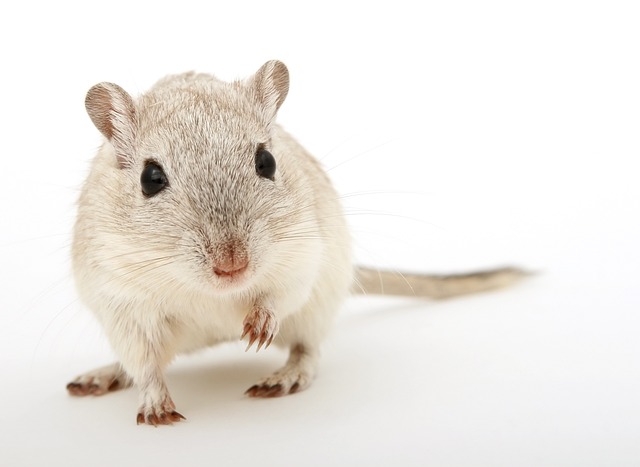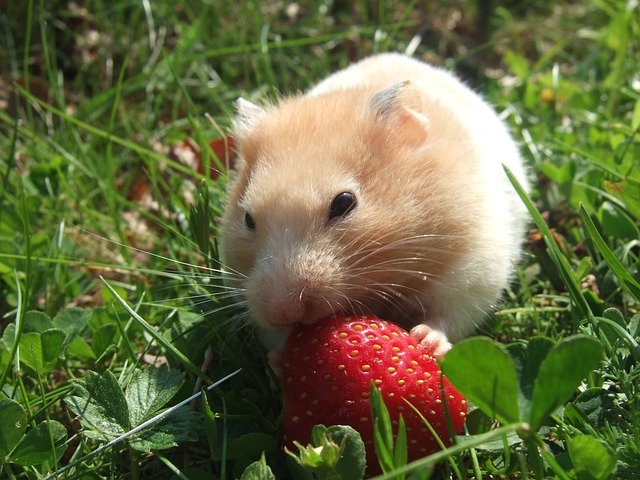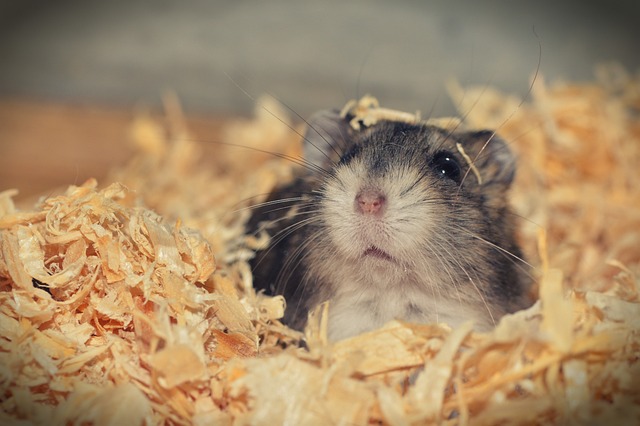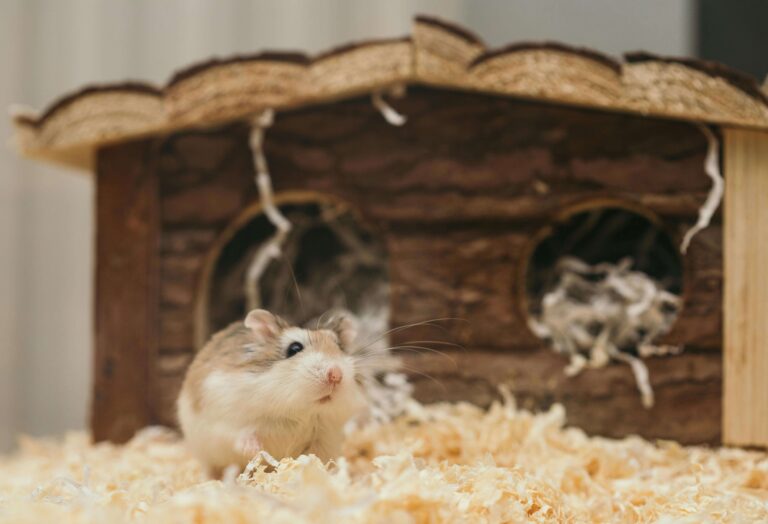Are Hamsters More Active At Night – Hamsters.pk
Understanding Hamsters’ Natural Circadian Rhythms
Hamsters are beloved pets known for their cute appearance and lively personalities. However, many new hamster owners may be surprised to discover that their furry friends are more active during the night. This behavior is due to their natural circadian rhythms, which are the internal biological processes that regulate their sleep-wake cycle. In this article, we will delve into the fascinating world of hamsters’ circadian rhythms and how they influence their daily activities.
What are Circadian Rhythms?
Circadian rhythms are the 24-hour cycles that govern various physiological processes in living organisms, including humans and animals. These rhythms are controlled by an internal “clock” located in the brain, which responds to external cues such as light and darkness. In hamsters, these rhythms dictate when they are most active, when they sleep, and even when they eat.
Hamsters are Nocturnal Animals
Hamsters are naturally nocturnal, meaning they are most active during the night. In the wild, hamsters spend their days sleeping in underground burrows to avoid predators and the harsh daytime heat. As the sun sets, they emerge to forage for food, explore their surroundings, and engage in social activities with other hamsters.
This innate behavior is deeply ingrained in their biology, and domestic hamsters retain these instincts. As a result, pet hamsters are more likely to be active, playful, and engaging during the evening and nighttime hours.
Adapting to Life with a Nocturnal Pet
Living with a nocturnal pet like a hamster can be an adjustment for human companions who are more active during the day. However, understanding and respecting your hamster’s natural circadian rhythms is essential for their well-being and happiness.
To accommodate your hamster’s nighttime activity, consider placing their cage in a quiet room where they won’t be disturbed by loud noises or bright lights during the day. Provide them with a cozy sleeping area, such as a hideout or nest, where they can rest undisturbed.
When interacting with your hamster, try to do so during the early evening hours when they are beginning to wake up. This way, you can enjoy quality bonding time without disrupting their natural sleep patterns.
Supporting Your Hamster’s Health and Well-being
Understanding your hamster’s circadian rhythms is not only important for their happiness but also for their overall health. Disrupting their natural sleep-wake cycle can lead to stress, decreased immunity, and other health issues.
To support your hamster’s well-being, ensure they have a consistent light-dark cycle that mimics natural daylight hours. Avoid keeping their cage in a room with constant artificial lighting or exposing them to sudden changes in light intensity.
Additionally, provide your hamster with a balanced diet, fresh water, and plenty of opportunities for exercise and mental stimulation. A well-designed habitat with tunnels, wheels, and chew toys can help keep them active and engaged during their waking hours.
In conclusion, understanding hamsters’ natural circadian rhythms is crucial for being a responsible and attentive pet owner. By respecting their nocturnal nature and creating a suitable environment that supports their biological needs, you can ensure your hamster leads a happy, healthy life as your cherished companion.
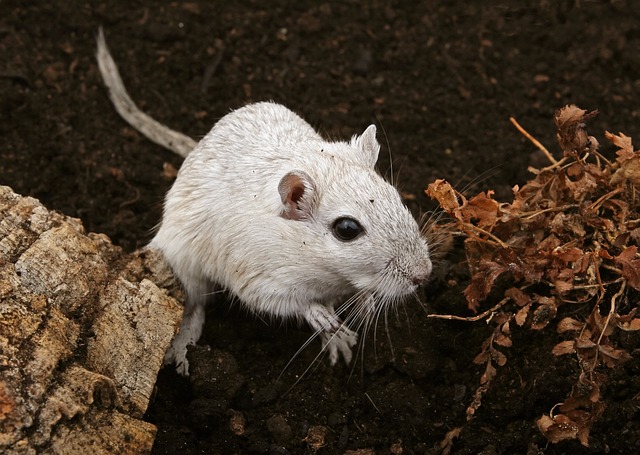
Nocturnal Behavior: Exploring Hamsters’ Nighttime Activities
Hamsters are fascinating creatures that have captured the hearts of pet lovers worldwide. While they may be small in size, these furry friends have a big personality and a unique set of behaviors that set them apart from other pets. One of the most interesting aspects of hamster behavior is their nocturnal nature. In this article, we will explore the various activities that hamsters engage in during the nighttime hours and why understanding their nocturnal behavior is essential for providing them with proper care.
Foraging and Eating
One of the primary activities that hamsters engage in at night is foraging for food. In the wild, hamsters are opportunistic feeders and will spend a significant portion of their waking hours searching for seeds, grains, and other edible items. Domestic hamsters have retained this instinct and will often spend much of their nighttime hours exploring their cage and seeking out food.
To support your hamster’s foraging behavior, provide them with a varied diet that includes a mix of commercial hamster food, fresh vegetables, and occasional treats. Scatter food throughout their cage to encourage their natural foraging instincts and keep them mentally stimulated.
Exercise and Playtime
Hamsters are also known for their high energy levels and love of exercise. During the night, when they are most active, hamsters will often engage in a variety of physical activities, such as running on their wheel, climbing on toys, and exploring their cage.
Providing your hamster with a spacious cage equipped with an appropriately sized wheel and plenty of toys is crucial for their physical and mental well-being. Exercise helps keep your hamster healthy, reduces the risk of obesity, and prevents boredom-related behaviors such as excessive chewing or bar-biting.
Burrowing and Nesting
Another important aspect of hamsters’ nocturnal behavior is their instinct to burrow and create nests. In the wild, hamsters live in underground burrows that provide them with protection from predators and extreme temperatures. Domestic hamsters have retained this instinct and will often spend a portion of their nighttime hours digging and arranging their bedding to create a cozy, secure nest.
To accommodate your hamster’s burrowing needs, provide them with a deep layer of soft, safe bedding material such as paper-based bedding or aspen wood shavings. Avoid using cedar or pine shavings, as these can be harmful to your hamster’s respiratory system.
Grooming and Self-Care
Hamsters are meticulous groomers and will spend a significant amount of time each night tending to their fur and cleaning themselves. Grooming not only keeps their coat clean and healthy but also helps them maintain their body temperature and prevents skin irritations.
To support your hamster’s grooming habits, ensure they have access to a dust bath filled with chinchilla sand. This will allow them to clean their fur and keep it soft and shiny. Additionally, provide them with chew toys made from safe materials like wood or loofah to help wear down their continuously growing teeth.
Understanding and Respecting Your Hamster’s Nocturnal Nature
As a hamster owner, it is essential to understand and respect your pet’s nocturnal nature. While it may be tempting to interact with your hamster during the day when you are most active, it is important to remember that this is their natural resting time.
To ensure your hamster gets the rest they need, avoid disturbing them during the day and save playtime and interaction for the early evening hours when they are beginning to wake up. By respecting your hamster’s natural sleep-wake cycle, you can help them maintain good health and a happy disposition.
In conclusion, exploring the fascinating world of hamsters’ nocturnal behavior is key to providing them with the best possible care. By understanding their natural instincts and creating an environment that supports their nighttime activities, you can ensure your furry friend leads a fulfilling and enriching life as your cherished companion.
Adapting Your Schedule to Your Hamster’s Sleep Patterns
As a proud hamster owner, you may have noticed that your furry friend’s sleep schedule is quite different from your own. Hamsters are nocturnal animals, meaning they are most active during the night and tend to sleep during the day. This natural sleep pattern can sometimes make it challenging for owners to find the right balance between interacting with their pet and respecting their rest. In this article, we will explore how you can adapt your schedule to best accommodate your hamster’s sleep patterns and ensure a harmonious relationship.
Understanding Hamsters’ Natural Sleep Cycles
Before we dive into adapting your schedule, it’s crucial to understand your hamster’s natural sleep cycles. In the wild, hamsters are prey animals and have evolved to be most active during the night when predators are less likely to be hunting. This instinct remains strong in domestic hamsters, who typically sleep for 6-8 hours during the day and are most active at dawn, dusk, and throughout the night.
It’s important to note that attempting to force your hamster to stay awake during the day can lead to stress, health issues, and a decreased lifespan. Therefore, respecting their natural sleep patterns is essential for their overall well-being.
Scheduling Playtime and Interaction
One of the best ways to adapt your schedule to your hamster’s sleep patterns is to plan your interaction and playtime around their natural waking hours. Aim to spend quality time with your hamster during the early evening, when they are beginning to stir from their daytime slumber.
During this time, you can:
- Offer them fresh food and water
- Clean their cage and refresh their bedding
- Provide them with new toys or puzzles for mental stimulation
- Allow them supervised playtime outside their cage in a safe, hamster-proofed area
By engaging with your hamster during their natural waking hours, you can strengthen your bond and ensure they receive the attention and stimulation they need without disrupting their sleep.
Creating a Sleep-Friendly Environment
To further support your hamster’s sleep patterns, it’s important to create a sleep-friendly environment that mimics their natural habitat. Hamsters need a quiet, dimly lit space to rest during the day, so consider placing their cage in a room with minimal noise and foot traffic.
Provide your hamster with a cozy, secure sleeping area within their cage, such as a hideout or nesting box filled with soft, safe bedding material. This will give them a place to retreat and feel protected while they rest.
If your hamster’s cage is in a room with windows, ensure that the curtains or blinds are closed during the day to prevent direct sunlight from disturbing their sleep. You can also cover a portion of their cage with a lightweight blanket to create a darker, more sleep-conducive environment.
Maintaining a Consistent Schedule
Hamsters thrive on routine and consistency, so it’s essential to maintain a regular schedule once you’ve found a rhythm that works for both you and your pet. Stick to a consistent feeding, cleaning, and playtime routine to help your hamster feel secure and content.
If you need to make changes to your schedule, do so gradually to allow your hamster time to adapt. Sudden changes can be stressful for these creatures of habit, so patience and understanding are key.
Balancing Your Schedule with Your Hamster’s Needs
While it’s important to respect your hamster’s natural sleep patterns, it’s equally important to find a balance that works for your own lifestyle. If you work during the day and can only interact with your hamster in the evenings, that’s perfectly fine. The key is to prioritize quality time over quantity and to ensure your hamster has a comfortable, enriching environment to keep them content even when you’re not around.
By adapting your schedule to your hamster’s sleep patterns, you can create a harmonious and rewarding relationship with your furry friend. Remember, a well-rested and happy hamster is a joy to behold, and by respecting their natural instincts, you’ll be well on your way to being a true hamster hero.
Creating an Optimal Environment for Your Hamster’s Nighttime Routines
As a responsible hamster owner, it’s essential to create an environment that caters to your furry friend’s natural instincts and behaviors. Hamsters are nocturnal animals, meaning they are most active during the night. To ensure your hamster thrives and remains healthy, it’s crucial to provide them with an optimal environment that supports their nighttime routines. In this article, we will discuss the key elements of creating a comfortable and stimulating living space for your hamster’s nighttime activities.
Choosing the Right Cage Size and Layout
The foundation of a suitable hamster environment is a spacious, well-designed cage. Hamsters require ample room to explore, exercise, and engage in their natural behaviors. When selecting a cage, opt for a size that is at least 24 inches by 12 inches and 12 inches tall. This will provide your hamster with sufficient space to move around, play, and create separate areas for sleeping, eating, and toileting.
Consider a cage with multiple levels or platforms to maximize the available space and encourage your hamster’s natural climbing instincts. Ensure that the cage has a solid, shallow bottom to accommodate a deep layer of bedding for burrowing and nesting.
Providing Appropriate Bedding and Nesting Materials
Hamsters are natural burrowers and require a deep layer of bedding to create cozy nests for sleeping and resting. When choosing bedding, opt for safe, absorbent materials such as paper-based bedding or aspen wood shavings. Avoid cedar or pine shavings, as these can be harmful to your hamster’s respiratory system.
In addition to bedding, provide your hamster with soft, tear-resistant nesting materials such as shredded paper, tissue paper, or commercial nesting fibers. These materials will allow your hamster to create a comfortable, secure nest where they can retreat during their daytime rest periods.
Incorporating Exercise Wheels and Toys
Exercise is crucial for your hamster’s physical and mental well-being, and nighttime is when they are most active. Provide your hamster with an appropriately sized exercise wheel to encourage their natural running instincts. Ensure that the wheel has a solid, non-mesh surface to prevent injuries to your hamster’s delicate feet.
In addition to a wheel, offer your hamster a variety of toys to keep them mentally stimulated and engaged during their waking hours. Some excellent toy options include:
- Tunnels and tubes for exploring
- Wooden chew toys for dental health and enrichment
- Puzzle feeders to encourage foraging behaviors
- Climbing toys such as ropes, ladders, or bridges
Rotate toys regularly to maintain your hamster’s interest and prevent boredom.
Creating a Dark and Quiet Sleep Environment
As nocturnal animals, hamsters require a dark and quiet environment to rest during the day. To create a sleep-friendly space, place your hamster’s cage in a room with minimal noise and foot traffic. If the room has windows, ensure that the curtains or blinds are closed to block out direct sunlight.
Consider covering a portion of the cage with a lightweight blanket to create a darker, more secluded area for your hamster to sleep. This will help them feel secure and promote more restful daytime sleep.
Maintaining a Consistent Light Cycle
Hamsters rely on a consistent light cycle to regulate their sleep patterns and overall health. To mimic natural daylight hours, ensure that your hamster’s cage is exposed to 12-14 hours of light followed by 10-12 hours of darkness each day. You can achieve this by using a timer on the room’s lights or simply adhering to a consistent schedule of turning lights on and off.
Avoid placing your hamster’s cage in a room with constant artificial lighting or exposing them to sudden changes in light intensity, as this can disrupt their natural circadian rhythms and lead to stress and health issues.
Regularly Cleaning and Maintaining the Cage
To ensure your hamster’s living space remains healthy and hygienic, establish a regular cleaning routine. Spot-clean the cage daily by removing soiled bedding, uneaten food, and droppings. Once a week, perform a more thorough cleaning by replacing all the bedding, washing food and water dishes, and wiping down the cage with a pet-safe disinfectant.

When cleaning the cage, be mindful not to disturb your hamster’s nesting area too much, as this can cause stress. If possible, clean the cage during your hamster’s waking hours to minimize disruption to their sleep schedule.
By creating an optimal environment that caters to your hamster’s nighttime routines, you can ensure your furry friend remains happy, healthy, and well-rested. Remember, a thriving hamster is a joy to behold, and by providing them with a comfortable and stimulating living space, you’ll be rewarded with a content and adorable companion for years to come.

